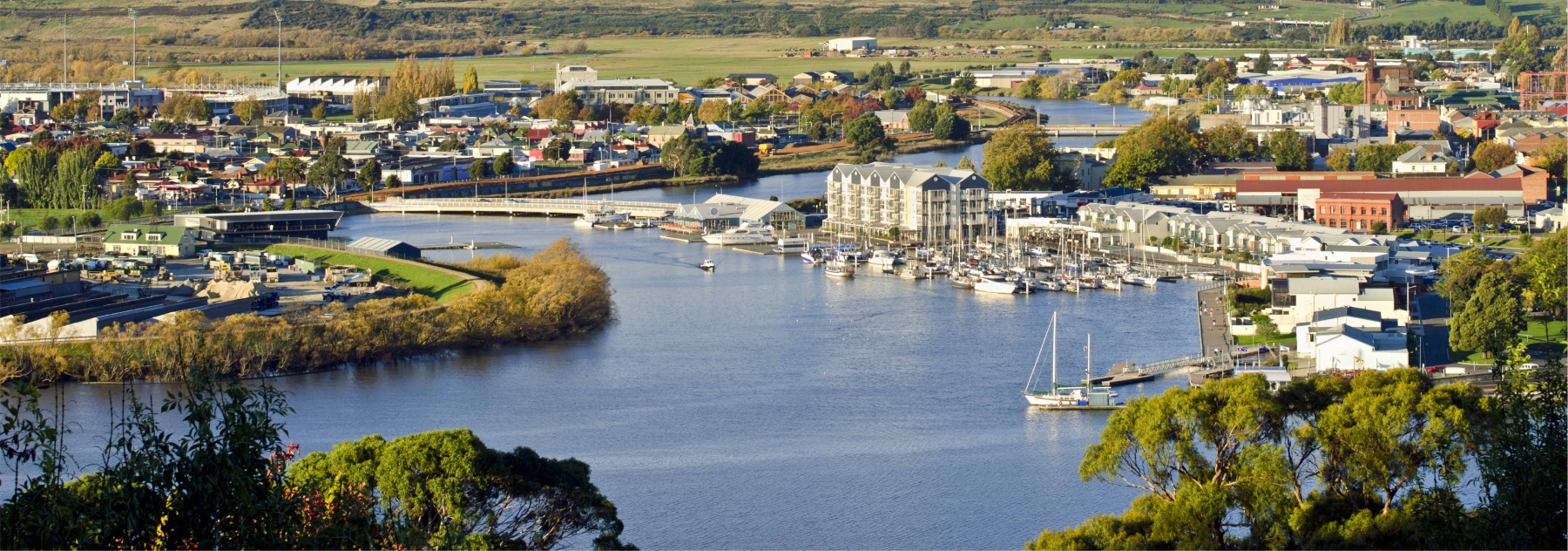Active transport
The Tasmanian Government is committed to encouraging people to walk, wheel or cycle as part of their everyday travel. These methods of active travel are central to a sustainable and safe transport system.
The definition of active transport is an alternative to car travel i.e. walking, wheeling, cycling and scooting, which can provide benefits such as increasing daily physical activity and/or reducing greenhouse gas emissions. Other benefits can include an increase in the sense of community and improved mental health.
Access information below about strategies, policies and guides, projects and programs, and other useful resources.
Strategies, policies and guides
Tasmanian Walking and Cycling for Active Transport Strategy
The Tasmanian Walking and Cycling for Active Transport Strategy 2010 (PDF 571.6 KB) is a key component of the Tasmanian Urban Passenger Transport Framework, which aims to promote walking and cycling as viable and desirable forms of transport through improved infrastructure, land use planning and behavioural change. The Strategy is intended to guide development of walking and cycling as transport options in our urban areas over the long-term by creating a more supportive transport system for pedestrians and cyclists.
The Strategy is being reviewed, and an update is planned for mid-2023.
Positive Provision Policy for Cycling Infrastructure
The Positive Provision Policy for Cycling Infrastructure (2013) (PDF 1.2 MB) ensures that making provision for cycling is considered and objectively evaluated at the start of the scoping of State Government transport projects, and in the development of maintenance contracts.
Cycleway Directional Signage Resource Manual
The Cycleway Directional Signage Resource Manual (PDF 1.6 MB) aims to provide a resource for cycle infrastructure owners to use when developing and implementing directional signage for cycle routes.
This is an example of the process (PDF 1.2 MB) that can be used to map and plan the direction signs required to navigate along a cycle route.
Principal Urban Cycling Network maps
State Growth has worked with local government representatives, cycling advocacy groups and community organisations to identify the highest priority cycling routes in Burnie/Devonport, Hobart and Launceston. These are called Principal Urban Cycling Networks.
Burnie/Devonport (PDF 1021.5 KB) Hobart (PDF 853.7 KB) Launceston (PDF 682.6 KB)
Greater Hobart Cycling Plan
The Greater Hobart Cycling Plan (PDF 2.2 MB) will guide the joint planning and investment of the Greater Hobart councils and the Tasmanian Government, to form an interconnected network of cycling paths across Greater Hobart, encouraging increased usage and enhancing active transport options across the region.
Peak bodies, committees, advocacy and not-for-profit groups
- Cycling South is the Greater Hobart Councils Regional Cycling Committee. Cycling South is an information resource on places to ride, people to ride with and new bike projects in Southern Tasmania
- The Tasmanian Bicycle Council is the peak body for recreational and transport cycling in Tasmania.
- Bicycle Network is Australia’s biggest bike riding organisation.
- The Amy Gillett Foundation is the leading cycling safety organisation in Australia, driven by a core mission to reduce the death and injury of cyclists.
